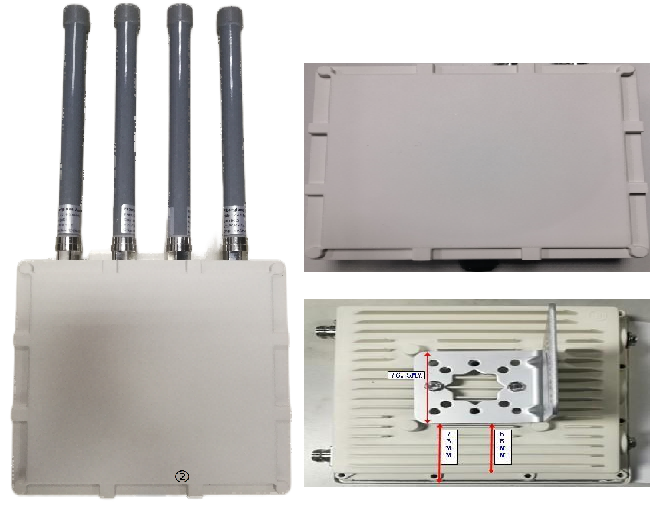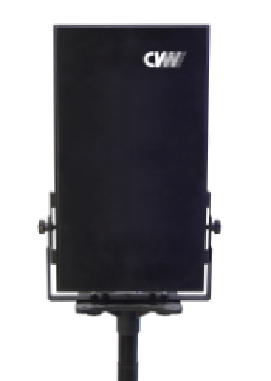Wireless audio and video transmission system is an important technology in modern communication technology, which enables us to transmit high-quality audio and video signals without wired connections. Below, I will provide you with a detailed introduction to the important technologies included in wireless audio and video transmission systems.
Wireless transmission protocol: Wireless audio and video transmission systems use wireless transmission protocols to achieve signal transmission and reception. Common wireless transmission protocols include Wi Fi, Bluetooth, infrared, RF wireless, etc. These protocols can provide different transmission rates, distances, and frequency ranges to meet the needs of different application scenarios.
Encoding and decoding technology: Wireless audio and video transmission systems require encoding and decoding of audio and video signals. Encoding technology converts raw audio and video signals into digital signals for wireless transmission. Common audio encoding technologies include MP3, AAC, etc., while video encoding technologies include H.264, H.265, etc. Decoding technology decodes and restores the received digital signal into the original audio and video signal.
Compression technology: Due to the large amount of audio and video data, wireless audio and video transmission systems typically use compression technology to improve transmission efficiency and save bandwidth. Compression technology can reduce the amount of data in the signal, while trying to Tenuto the quality of audio and video signals. Common audio compression technologies include MP3, AAC, etc., while video compression technologies include MPEG, H.264, H.265, etc.
Multiplexing technology: In wireless audio and video transmission systems, in order to simultaneously transmit multiple audio and video signals, multiplexing technology is required. Multiplexing technology can combine multiple audio and video signals into one channel, thereby improving signal transmission efficiency and bandwidth utilization. Common multiplexing technologies are sometimes divided multiplexing (TDM), Frequency-division multiple access (FDM), code division multiplexing (CDM), etc.
Playback and control technology: Wireless audio and video transmission systems typically require corresponding playback and control technologies to enable users to receive and play audio and video signals, and achieve related operations and controls. Some common playback and control technologies include audio decoders, video decoders, remote controls, etc.
Signal transmission security technology: In wireless audio and video transmission systems, signal transmission security is very important. In order to protect the privacy and security of audio and video signals, encryption techniques are often used to encrypt and decrypt the signals. Encryption technology can effectively prevent signal eavesdropping and tampering, ensuring transmission security.
Anti interference technology: Wireless audio and video transmission systems typically face various interferences, such as electromagnetic interference, multipath effects, etc. In order to ensure the quality and stability of the signal, anti-interference technology needs to be adopted. Some common anti-interference technologies include frequency expansion, time division multiplexing, Delta encoding, etc.
In summary, the wireless audio and video transmission system includes important technologies such as wireless transmission protocol, encoding and decoding technology, compression technology, multiplexing technology, playback and control technology, signal transmission security technology, and anti-interference technology. The application of these technologies enables wireless audio and video transmission systems to achieve high-quality, efficient, and secure audio and video transmission.

 Multi-camera wireless video transmission
Multi-camera wireless video transmission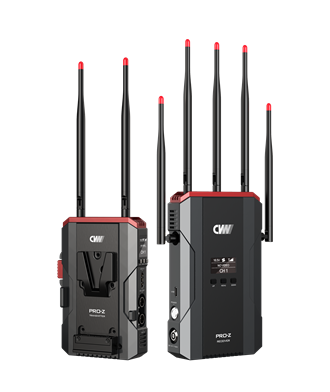 Zero Latency Wireless Video Transmission
Zero Latency Wireless Video Transmission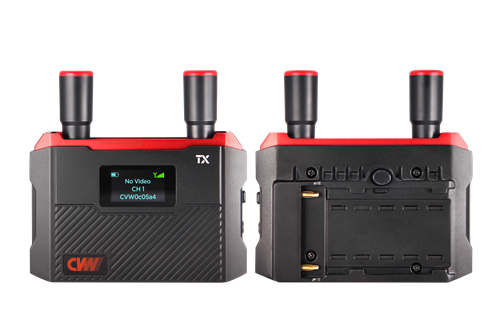
 Designed for teleoperating the heavy equipment
Designed for teleoperating the heavy equipment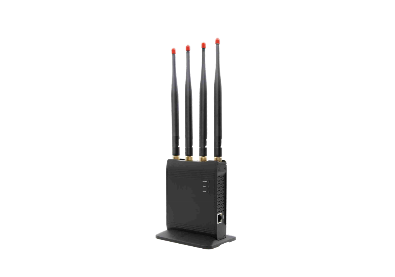 Wireless high-speed data transmission
Wireless high-speed data transmission